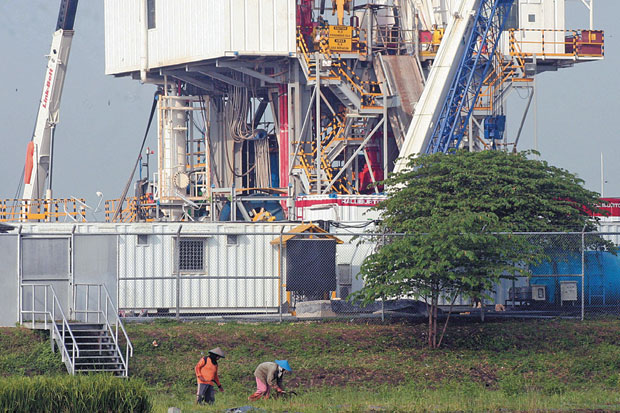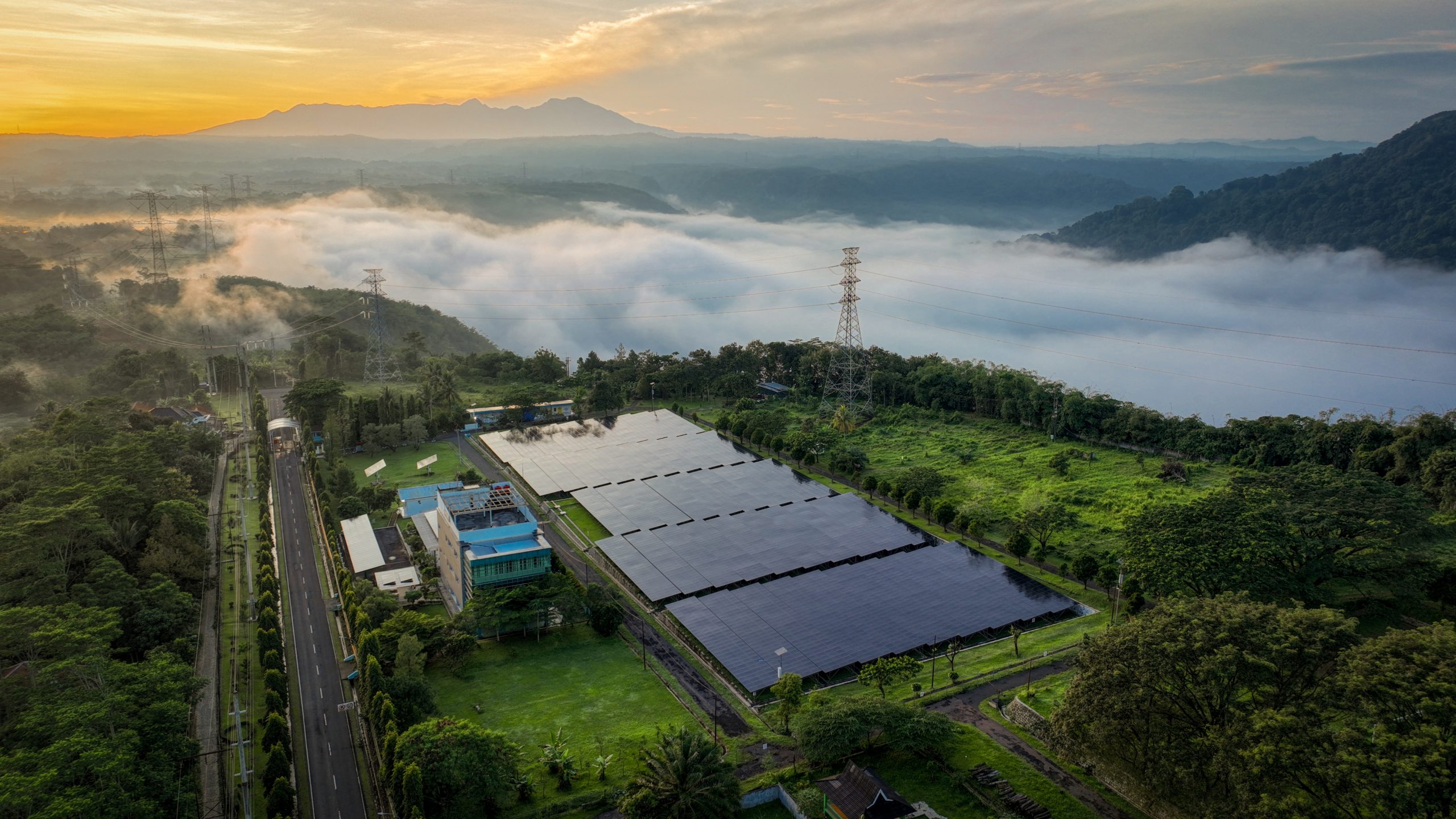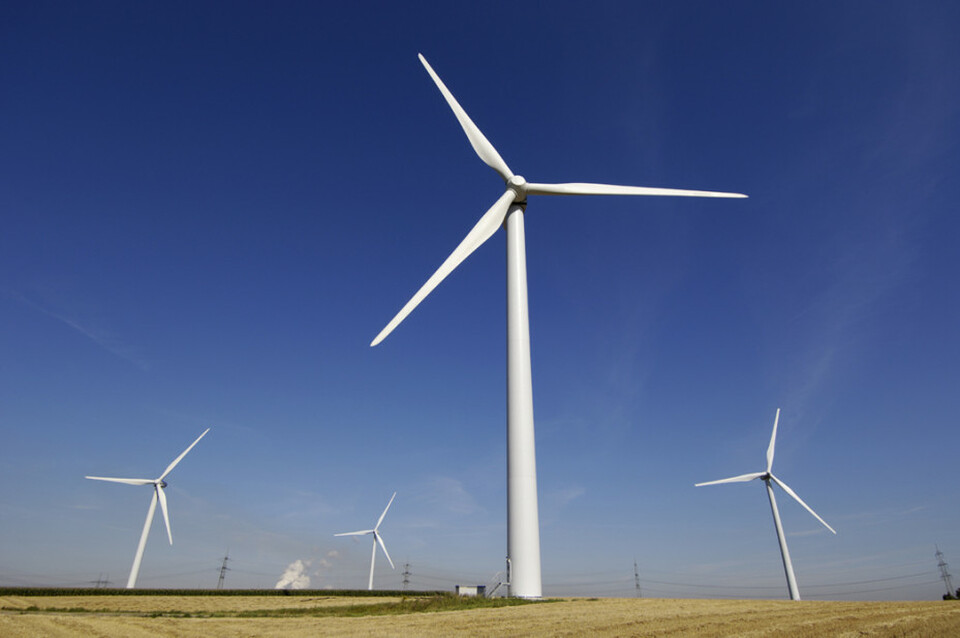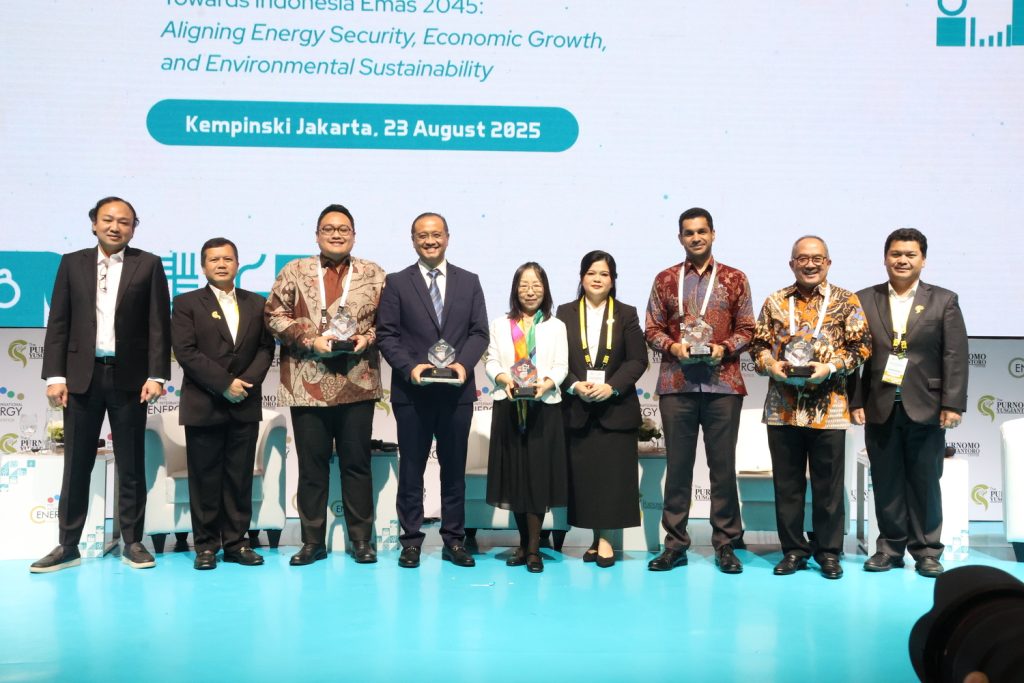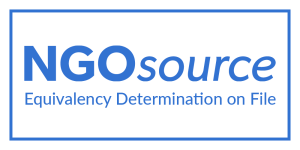Picture 1. Accompanied by Filda Yusgiantoro, Ph.D. (Chairperson of PYC), Prof. Purnomo Yusgiantoro attended the discussion as an invited speaker at the Center for Budget Analysis, Indonesian Parliament (DPR RI) Expertise Agency.
A Quest for the Ideal Format of An Effective Management of Subsidy Expenditure in Indonesia’s State Budget (APBN)
On 15 August 2017, Prof. Purnomo Yusgiantoro, the founder of Purnomo Yusgiantoro Center (PYC), gave a talk as the expert speaker on the topic of energy subsidy in a discussion held by the Center of Budget Analysis, Indonesian Parliament (DPR RI) Expertise Agency. It was a response to the invitation from the Center for Budget Analysis and the discussion was held in DPR RI Secretary General Building (Jakarta).
In the discussion, Prof. Purnomo addressed the effectiveness of energy subsidy program, that covers the diesel fuel, LPG and electricity supply. He stated that an energy subsidy format could be ineffective if the following three factors occurred: (1) a relatively immense portion of energy subsidy expenditure in the state budget, (2) inaccurate use of subsidized energy commodities, and (3) an alarming trend of GINI index rise in the country.
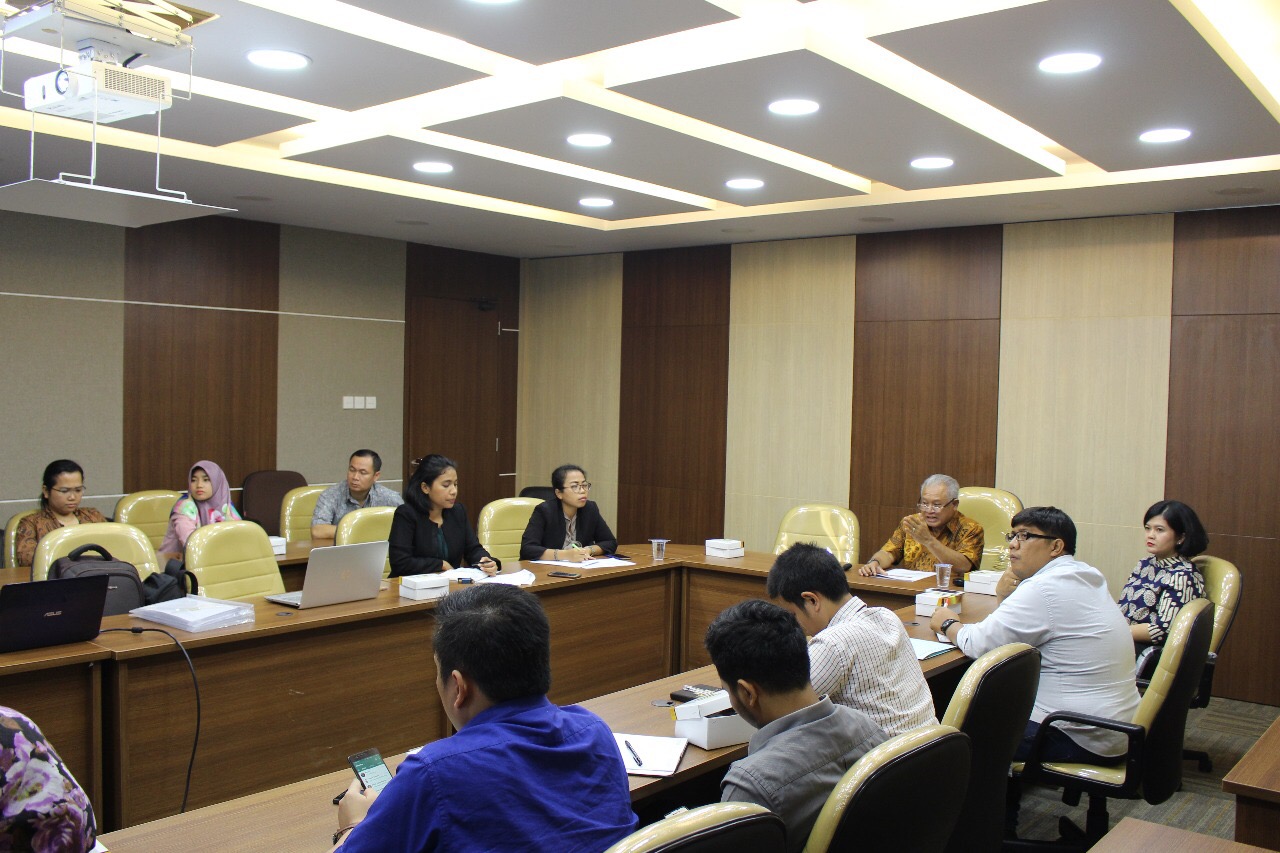
Picture 2. Prof. Purnomo Yusgiantoro delivered his address in front of the audience from the Center of Budget Analysis, Indonesian Parliament (DPR RI) Expertise Agency
Prof. Purnomo provided a glance at the chronological events related to the energy subsidy program. In the mid-1960s up to 1999, the oil and gas production was going exceptionally strong. Revenues generated from the sector played a central role in boosting the nation’s economy and typically far exceeded the subsidy budget at that period. From the 1999 and onwards, the trend took a different turn as the oil and gas production kept diminishing and the reliance on economic diversification upon the sector was no longer significant. This led to a gradual elimination program of price subsidy in the following years.
Prof. Purnomo highlighted several issues in the energy subsidy management. The most prominent issue was the kind of perception to the definition of the subsidy itself in which there was still inherent confusion in differentiating between the price subsidy and the direct subsidy. The coordination and synchronization of the actual list of subsidy recipients also pose a challenge to effective subsidy management in the energy sector.
Prof. Purnomo proposed some solutions to the conundrum of energy subsidy. First, he encouraged the development of blueprint in shifting the price subsidy to the direct subsidy for the case of energy goods. Second, variations in regional income and purchasing power can also be a basis to configure different pricing scheme for each area (e.g. Java vs other regions) to reduce the energy subsidy. Regional tariff formation for electricity such as one being applied in Batam can also be implemented in other areas in Indonesia through cross-subsidy mechanism. Third, substitutions can also be the answer for the subsidy of LPG and diesel fuel, depicted by the success story of deploying Pertalite (Ron-90) to slowly replace Premium (Ron-88) in regions where consumers are abundant such as Java, Madura, Bali and several provincial capitals.
